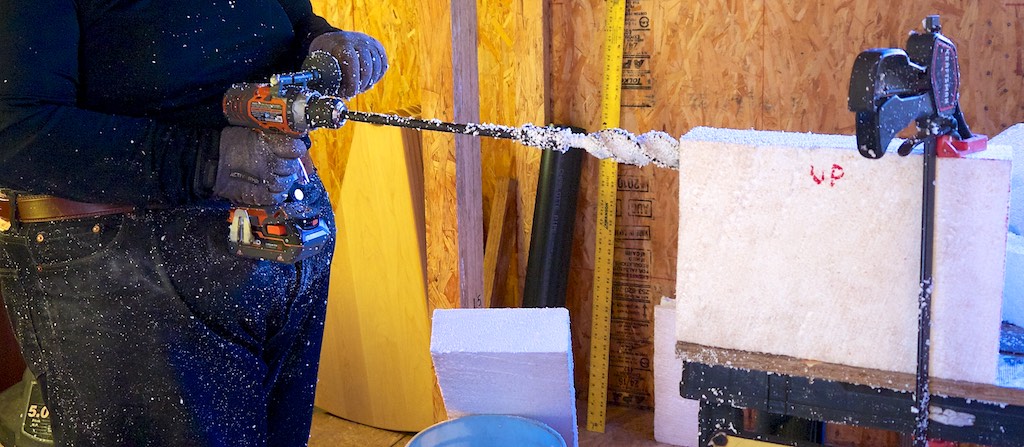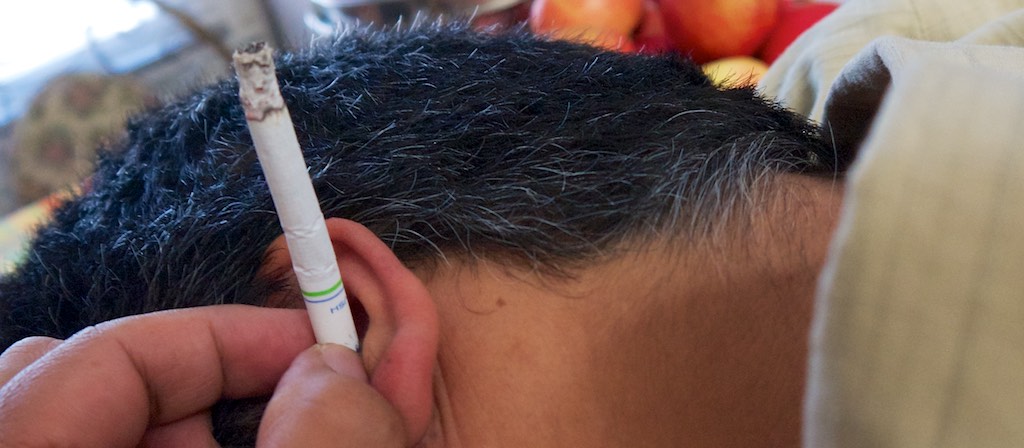Part VII
Personal evaluation of one’s hearing is incredibly difficult. If I had known I suffered from SSHL, I would have run to the emergency room, demanded the corticosteroid protocol, and hoped for results. On 27 March 2014 I had my 2nd appointment with the otolaryngologist and audiologist. I read on the Head and Neck academy Clinical Practice Guidelines that a corticosteroid response could take up to six months, but I had a hearing test anyway. The frustration of straining to understand the simple 2 syllable words like doorbell, baseball, and ice cream in a soundproof room became stressful. I asked the audiologist what I should do if I could not understand, and got the response, “Guess.”
In one week my speech discrimination score improved from 60% to 90%, so I heard some progress. The pure tone score remained low with a PTA of 40 dB. The painful intratympanic injects seemed to work! I may not be recovering my natural hearing potential, but I could least have a usable disabled ear. The otolaryngologist expressed incredulity on my supposed progress as he had never seen any change after 1 week. His reservations were justified, and after all these events, there is no scientific studies that definitively shows the corticosteroid therapy does anything more than placebo. The most promising therapy might have been Constraint-Induced Sound Therapy or simply a 75 mg dose of zinc twice a day, but I endured a perforated eardrum in any effort to improve hearing.
The most disheartening academic paper I read concluded unless hearing could be reestablished to a ear differential of under 10 dB, which is hardly a whisper, the ability of the brain to integrate the two ear signals into a cogent sound field would fail, and I would live with two independent ears. I could hear naturally through the right ear, and get sound related information from the left, but it would sound so different, it would take much effort to do anything with the extra left ear information. My left ear with a 50dB loss would never work to together with the right to form a stereo pair, but just two monophonic instruments. If I could get the left ear signal tangible, I would at least eliminate a head shadow.


